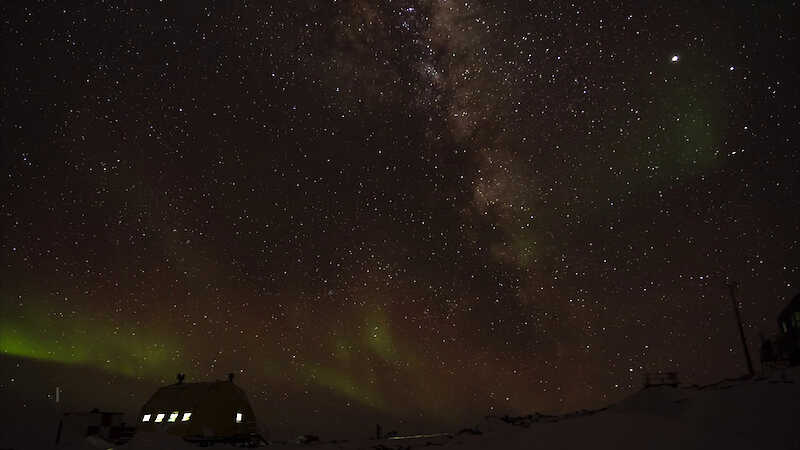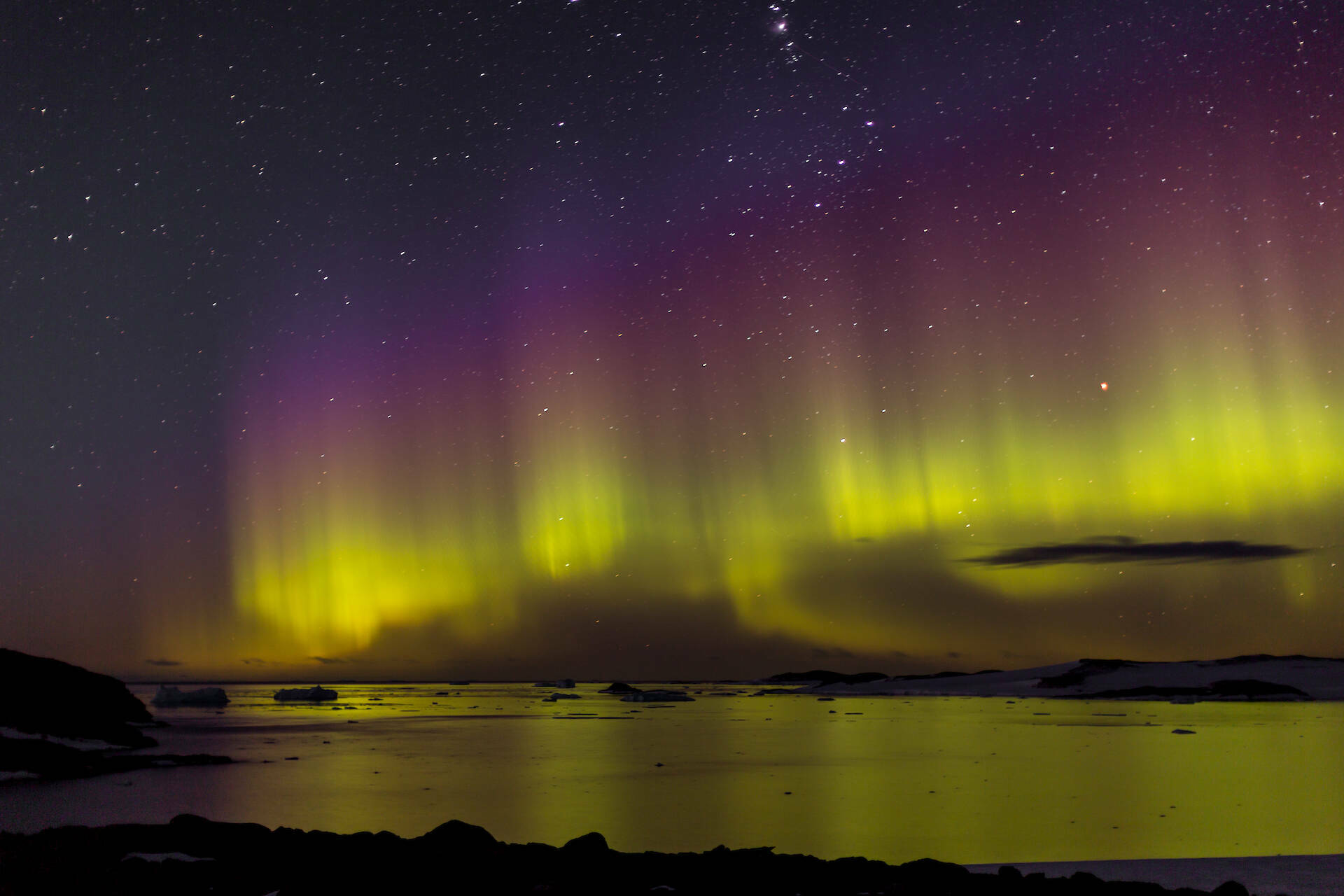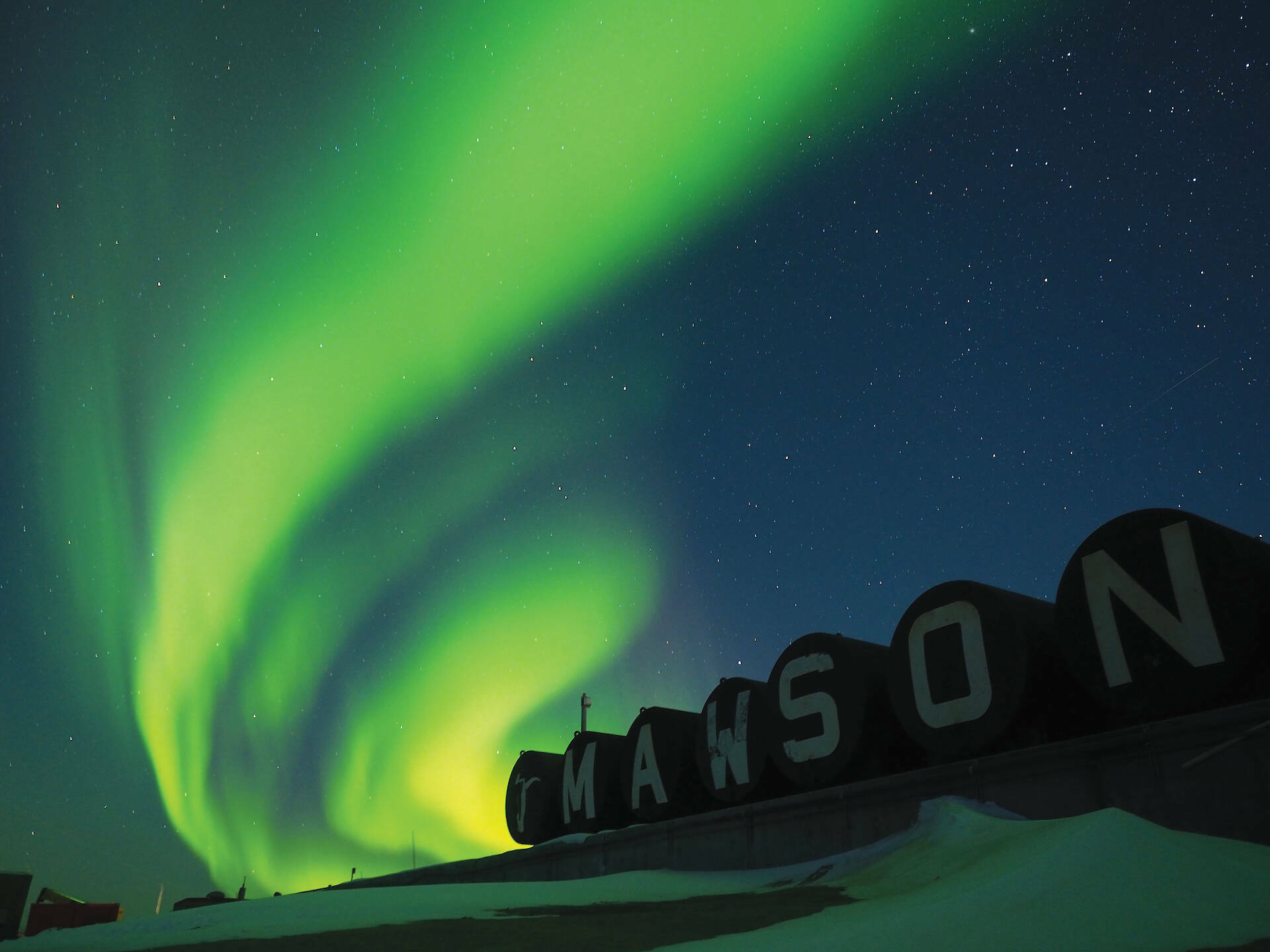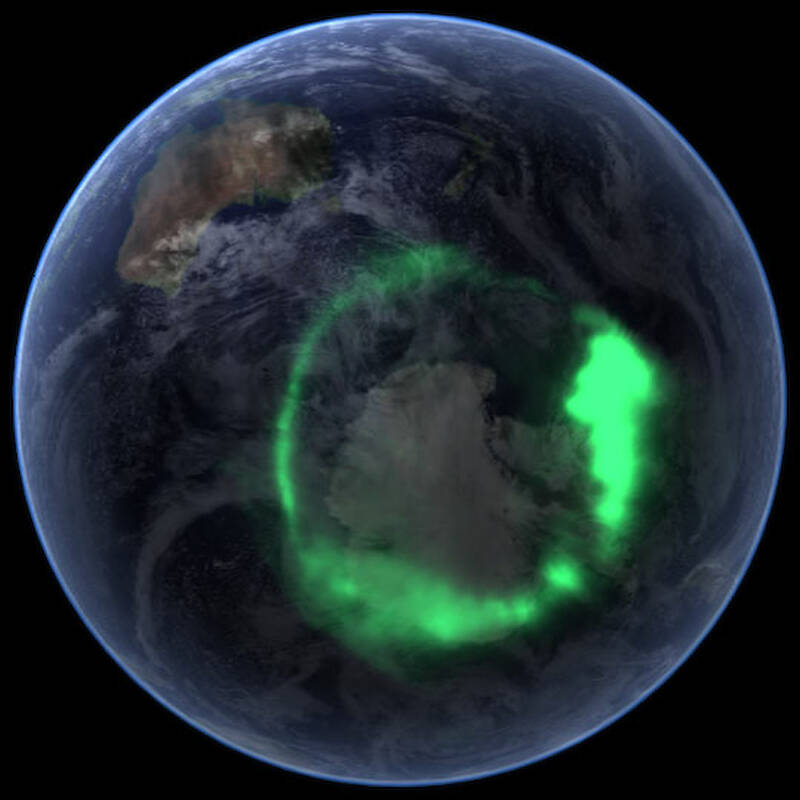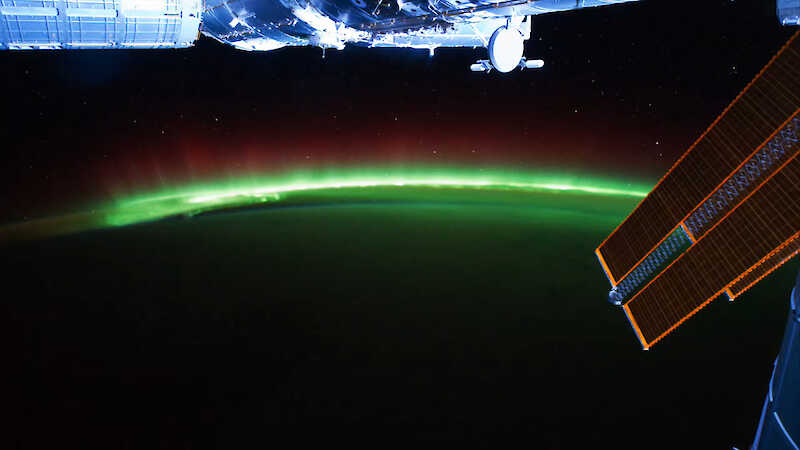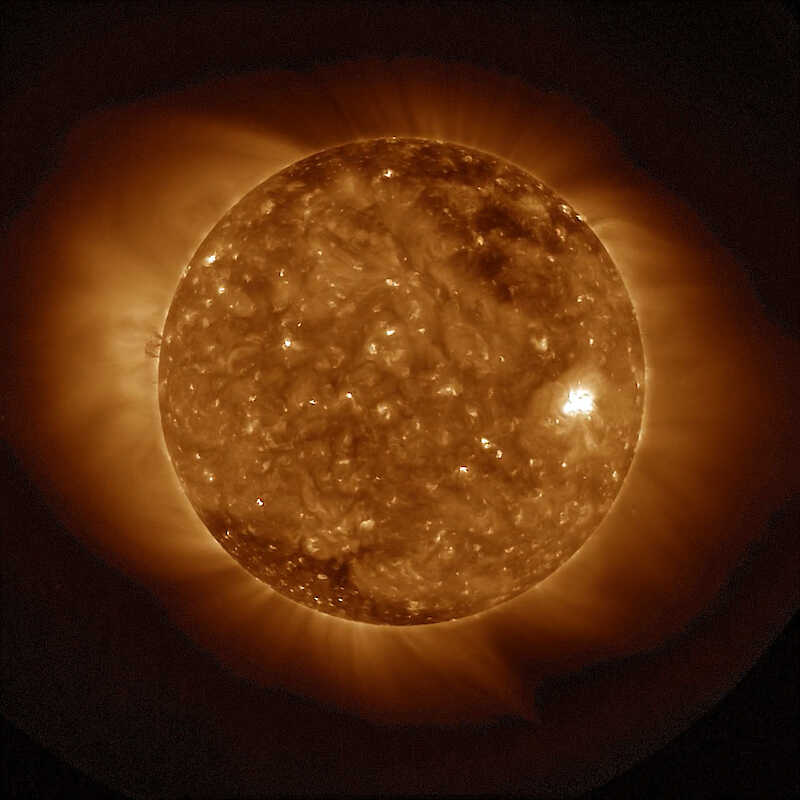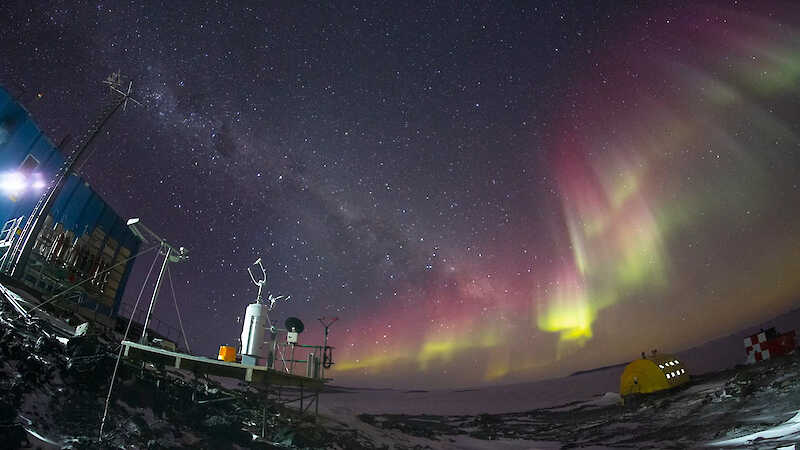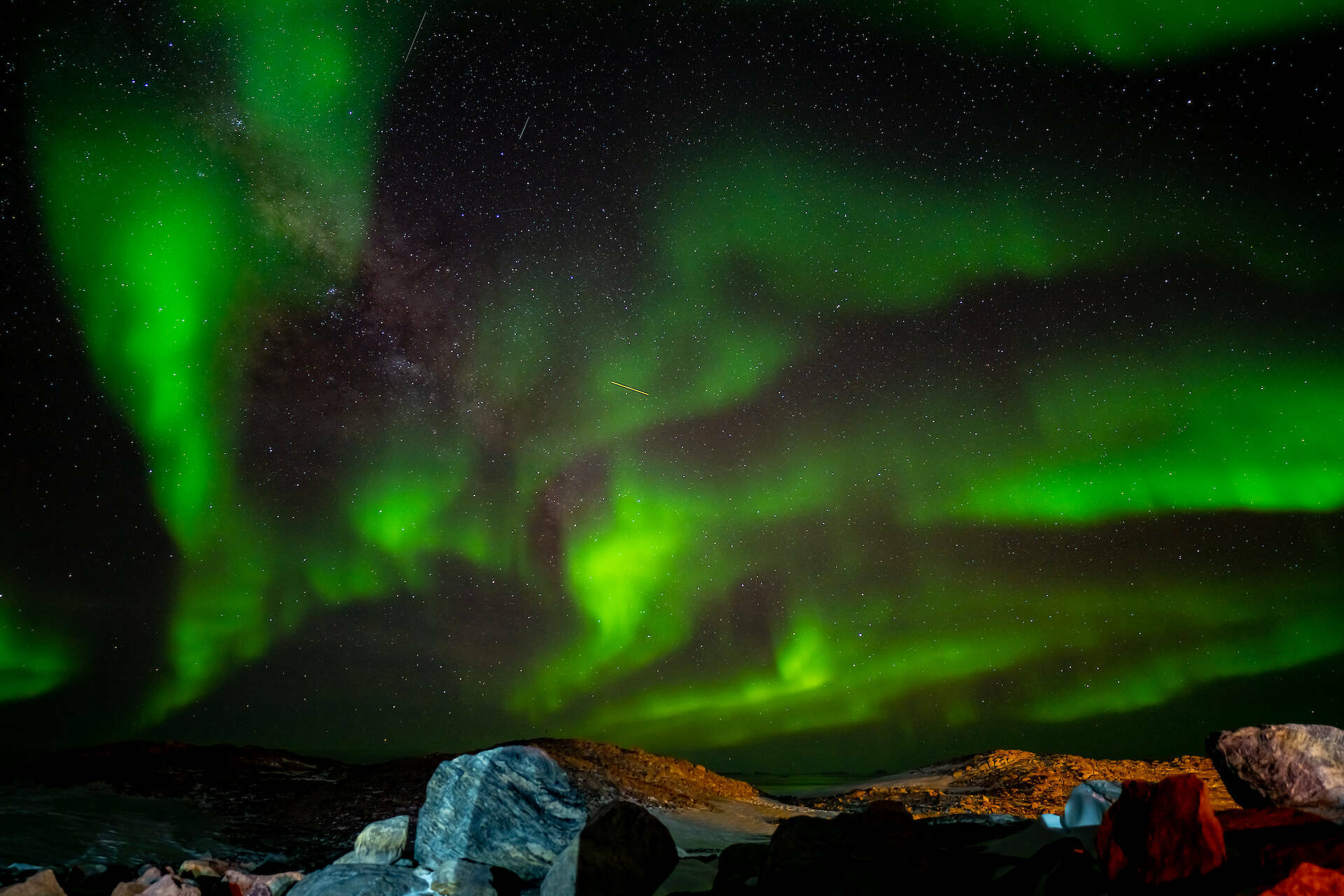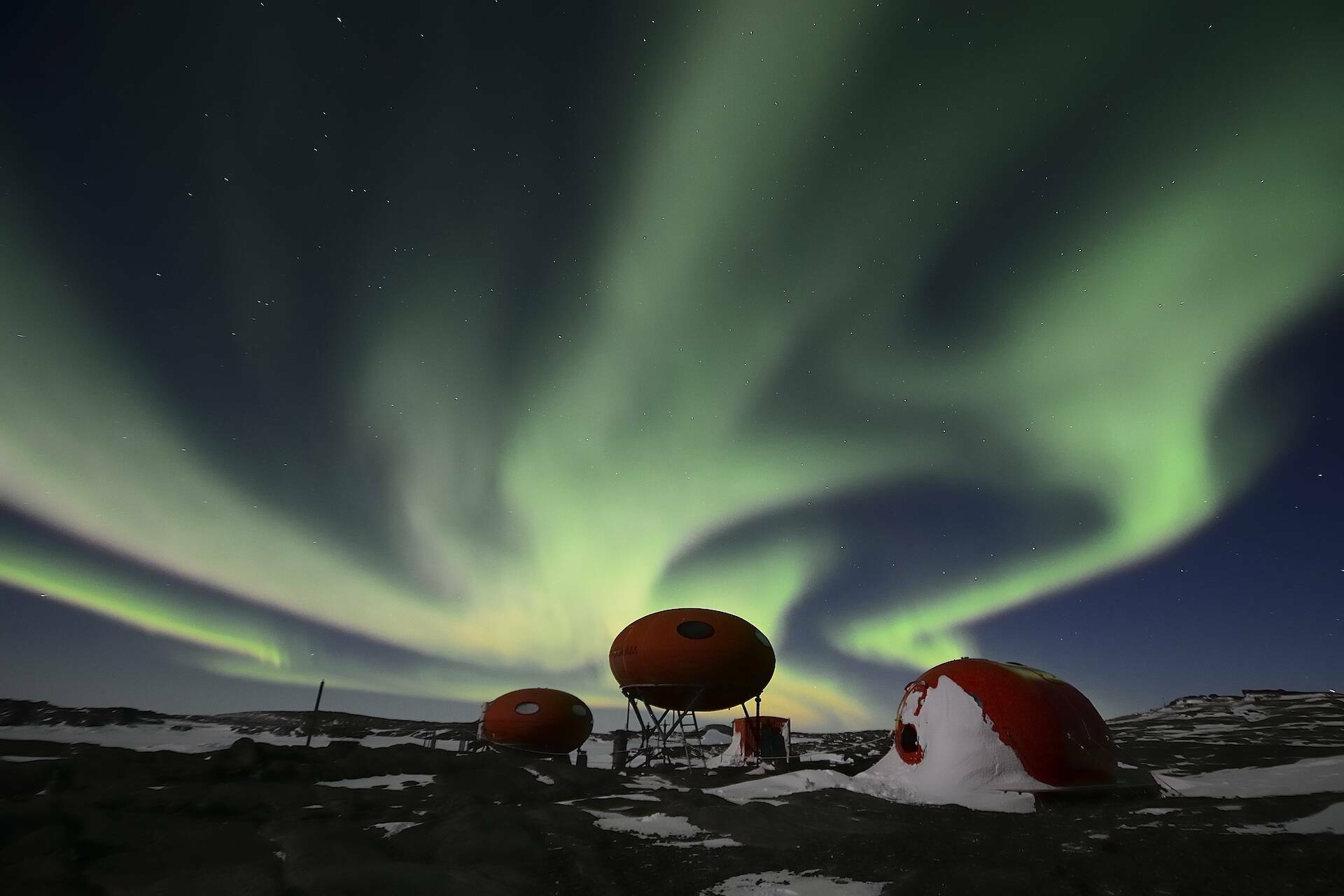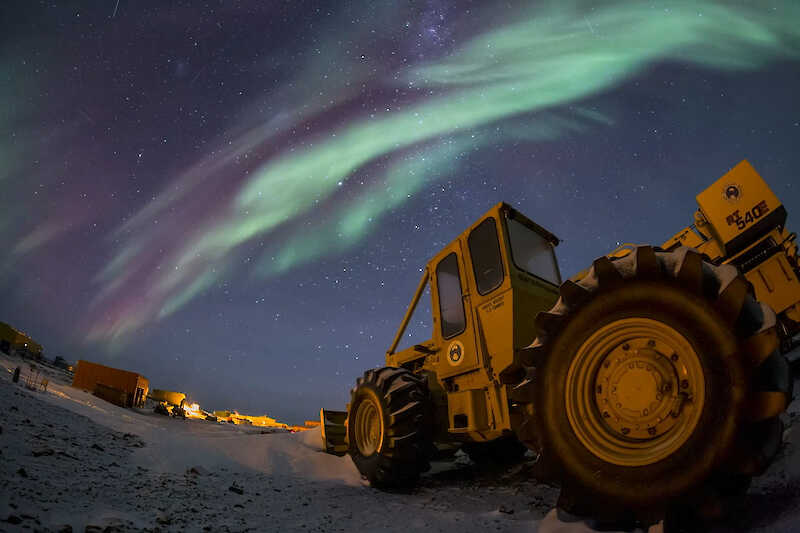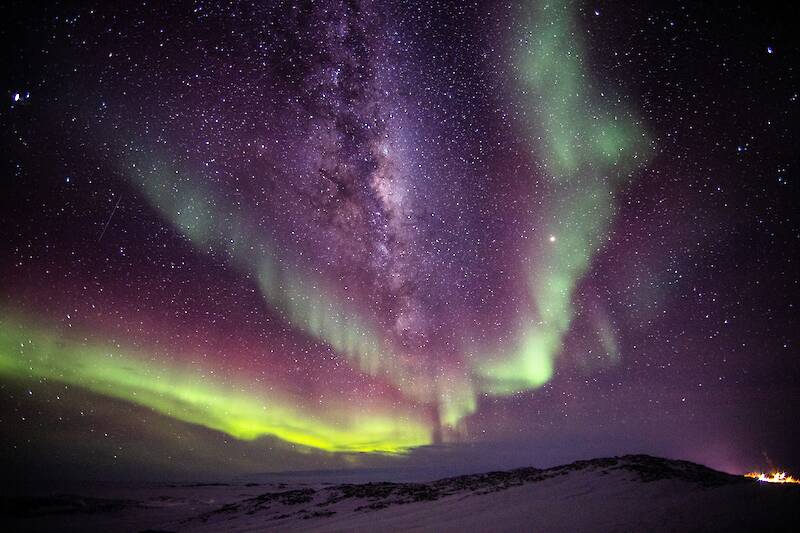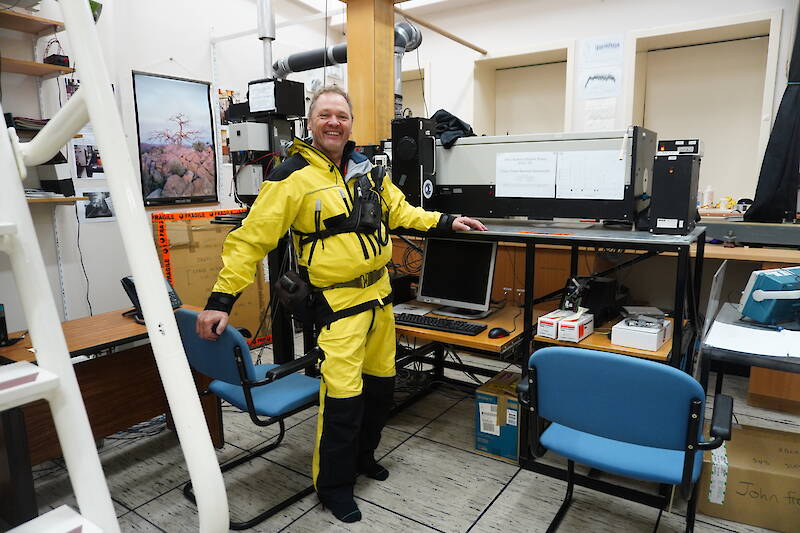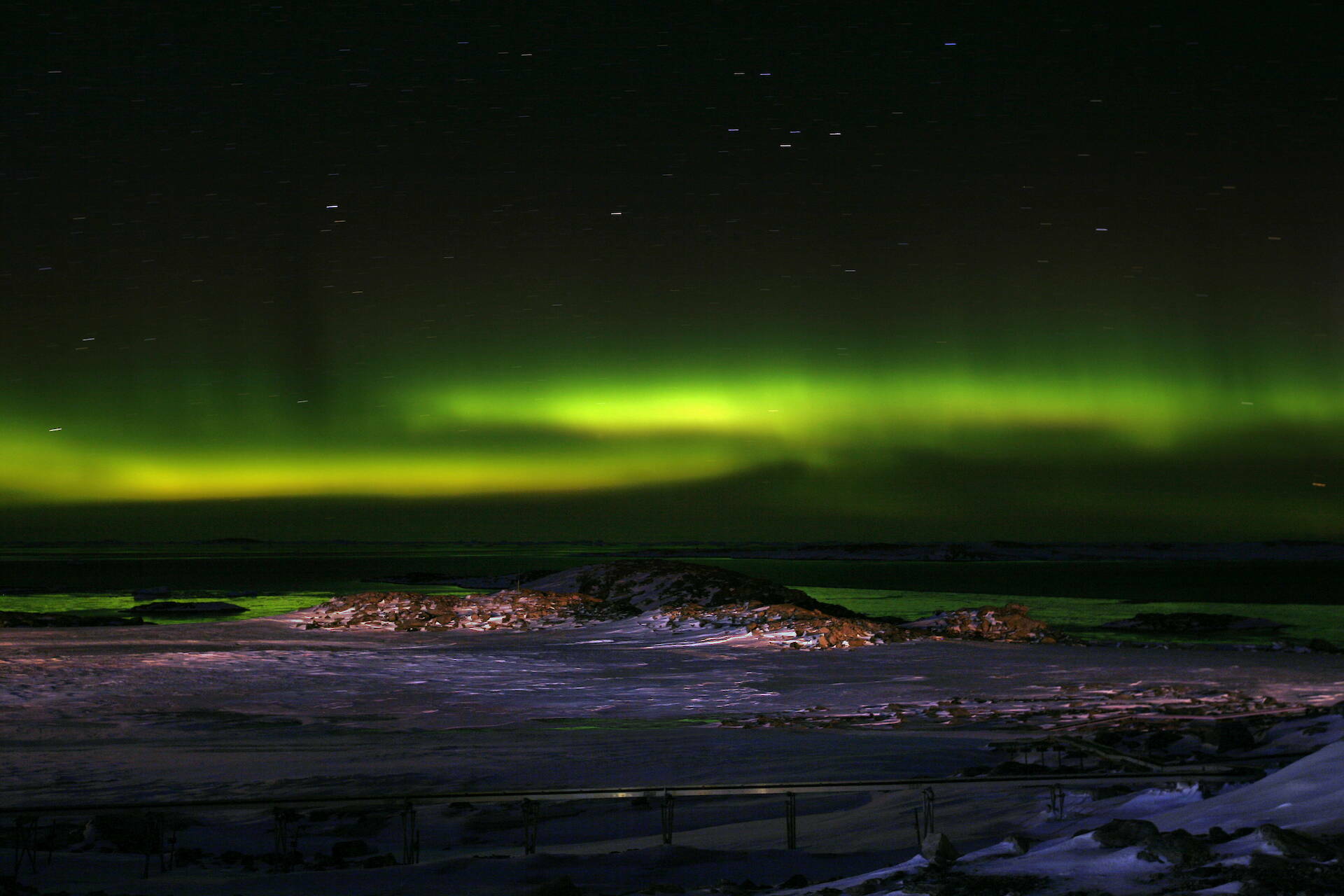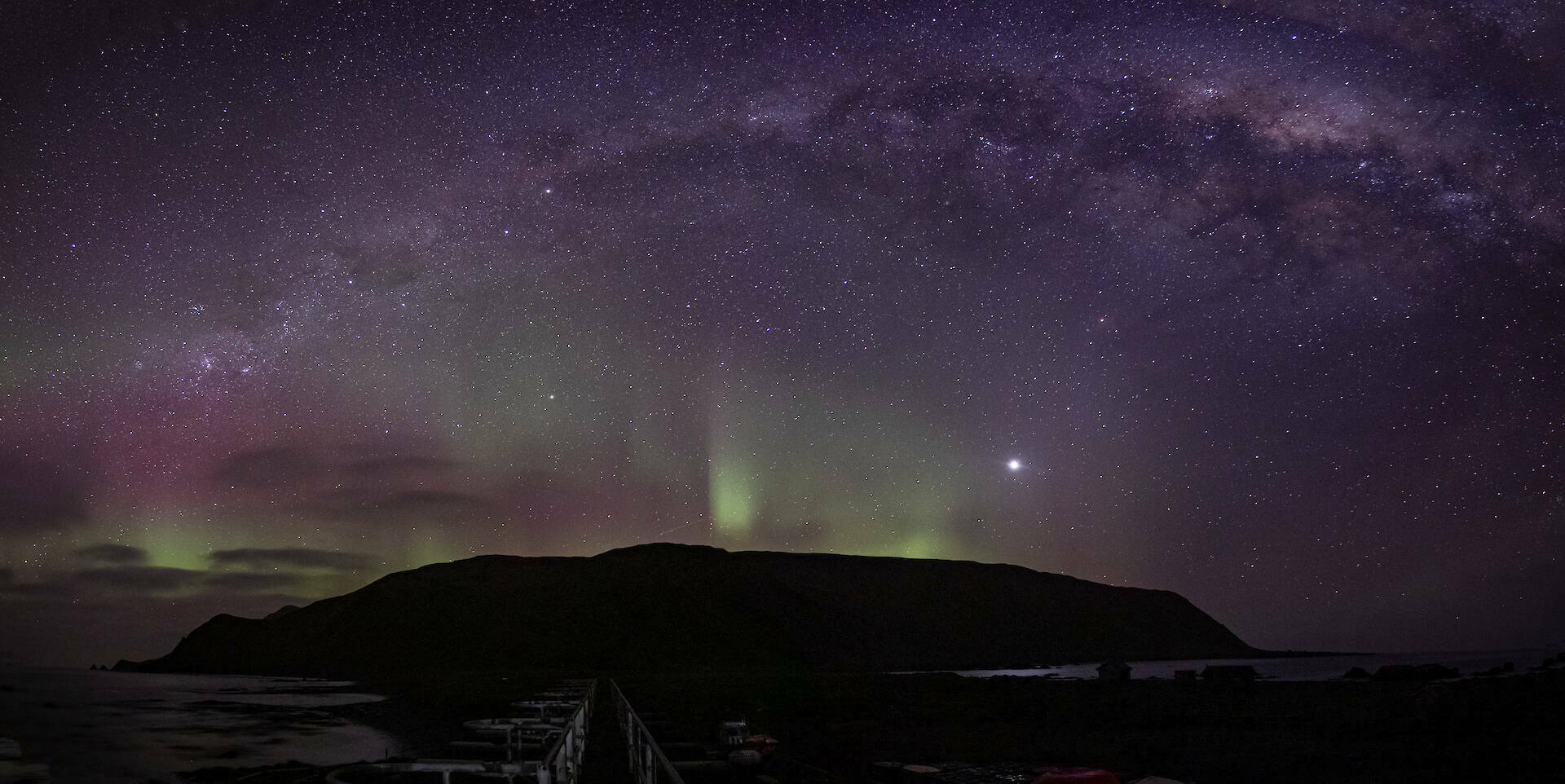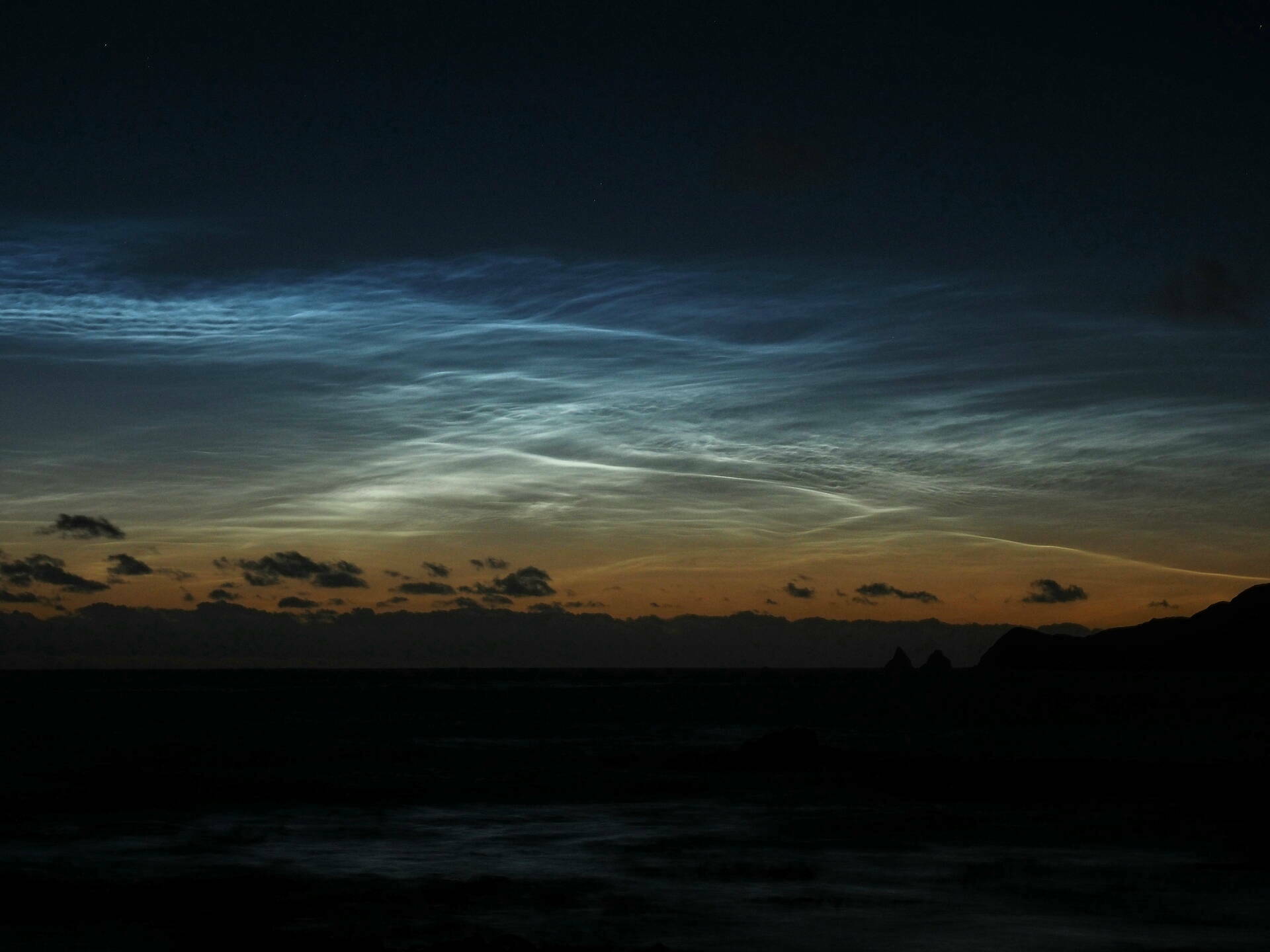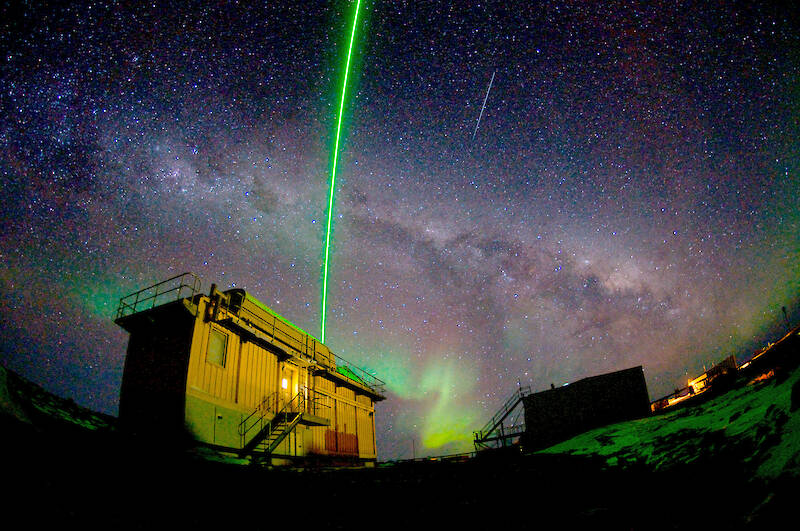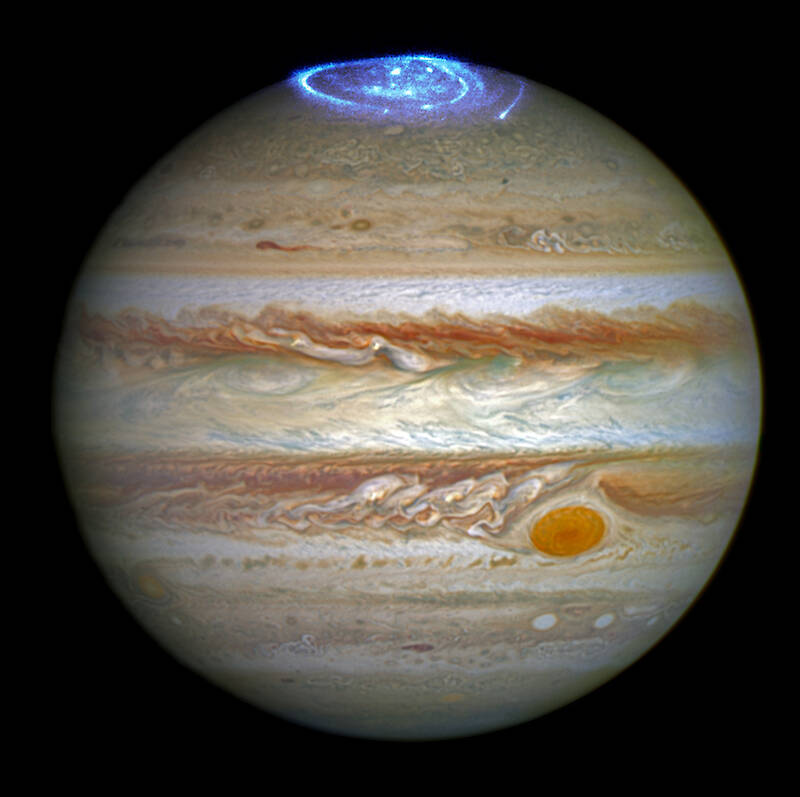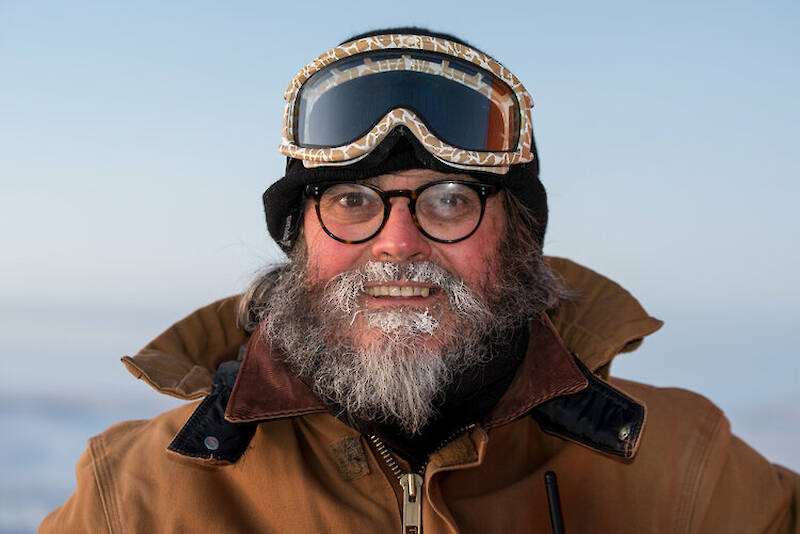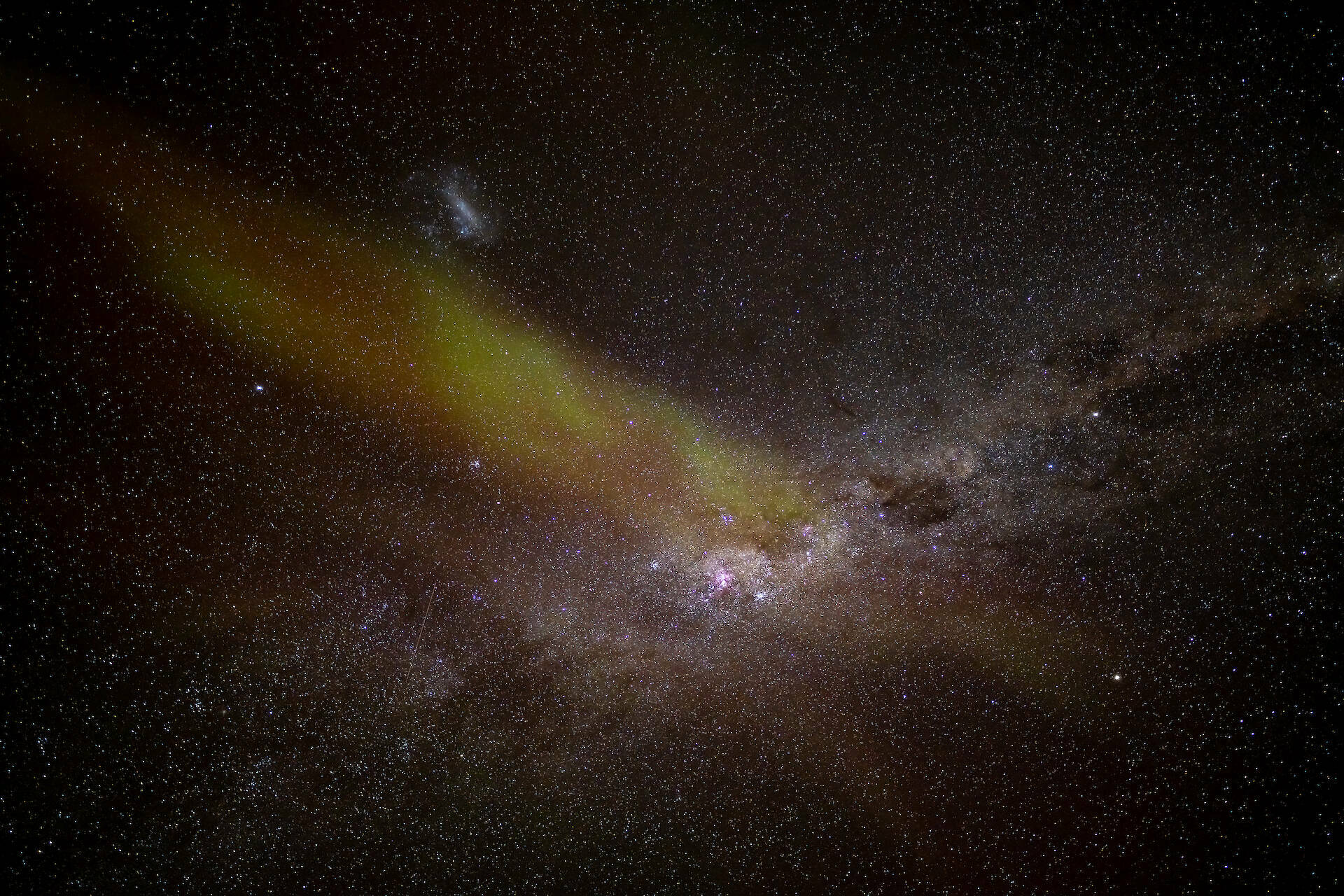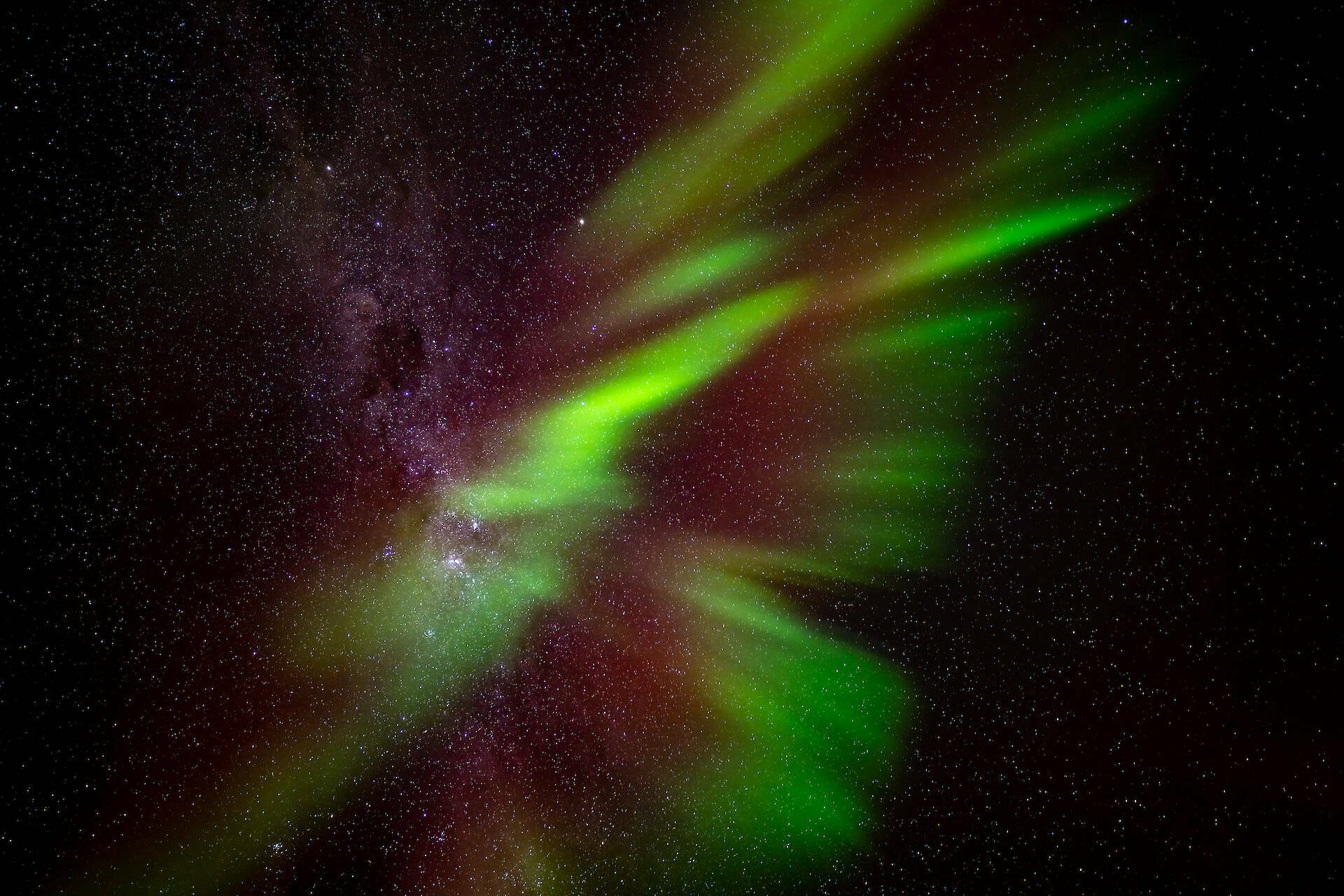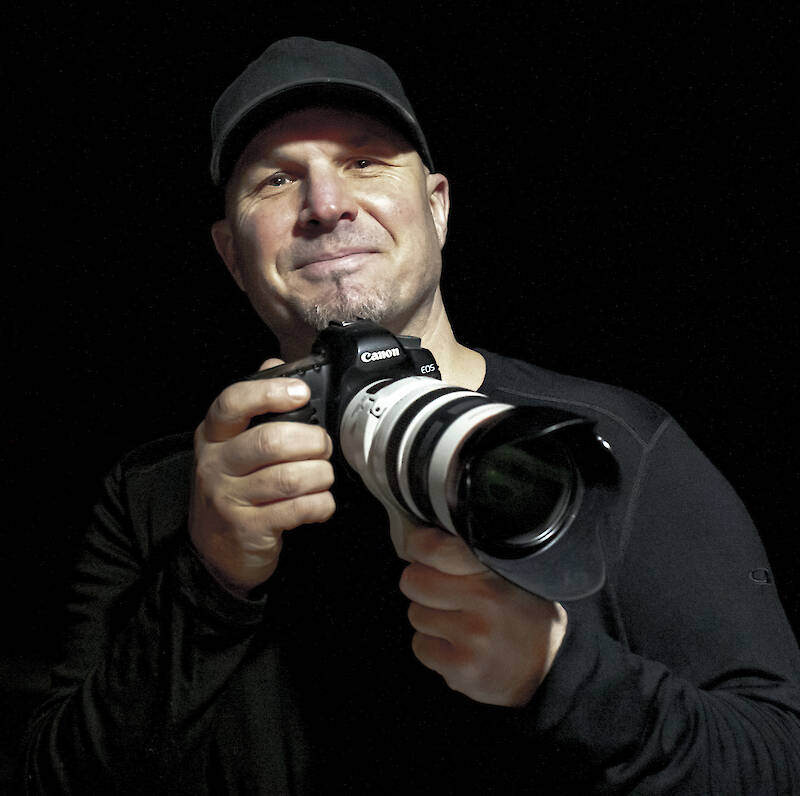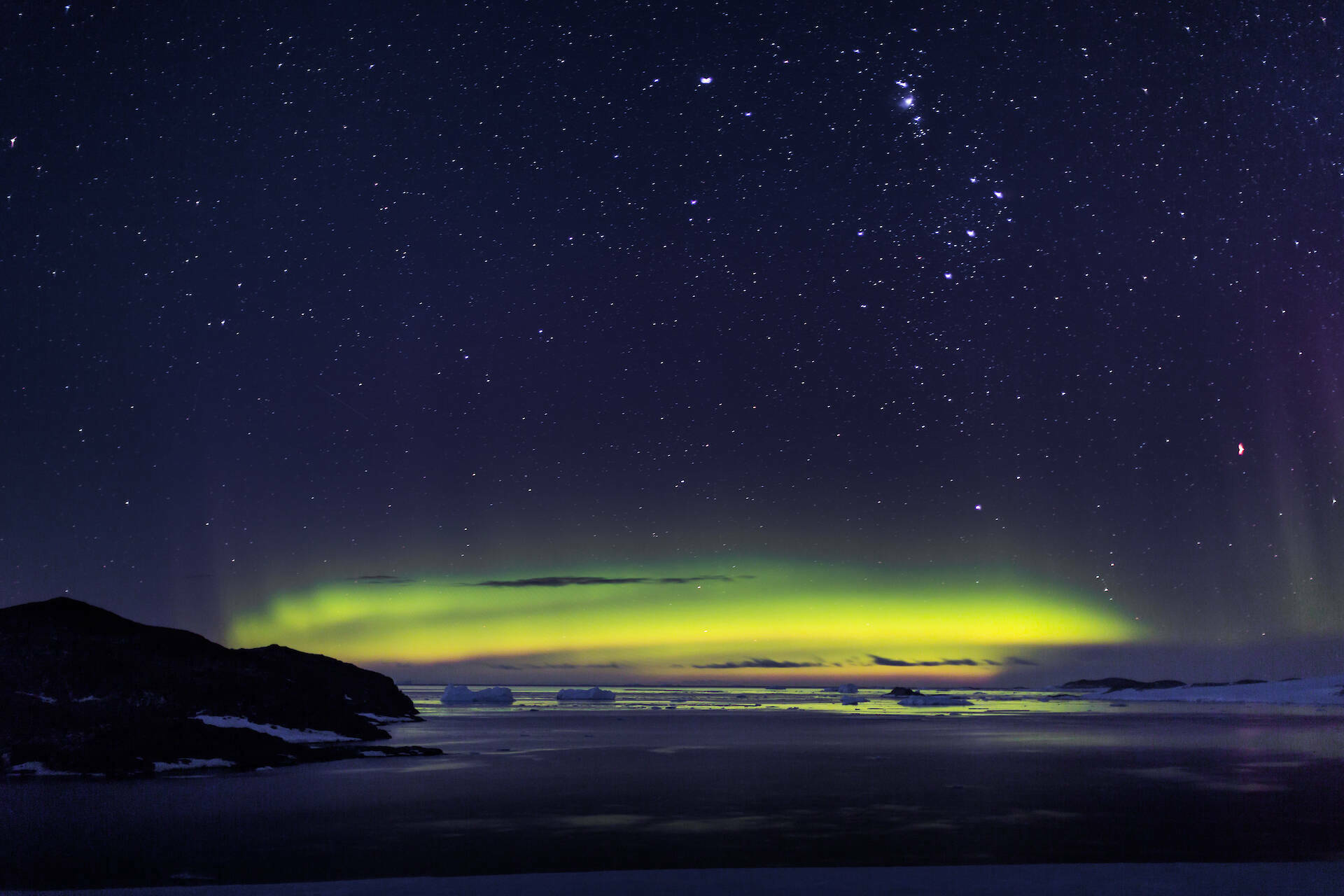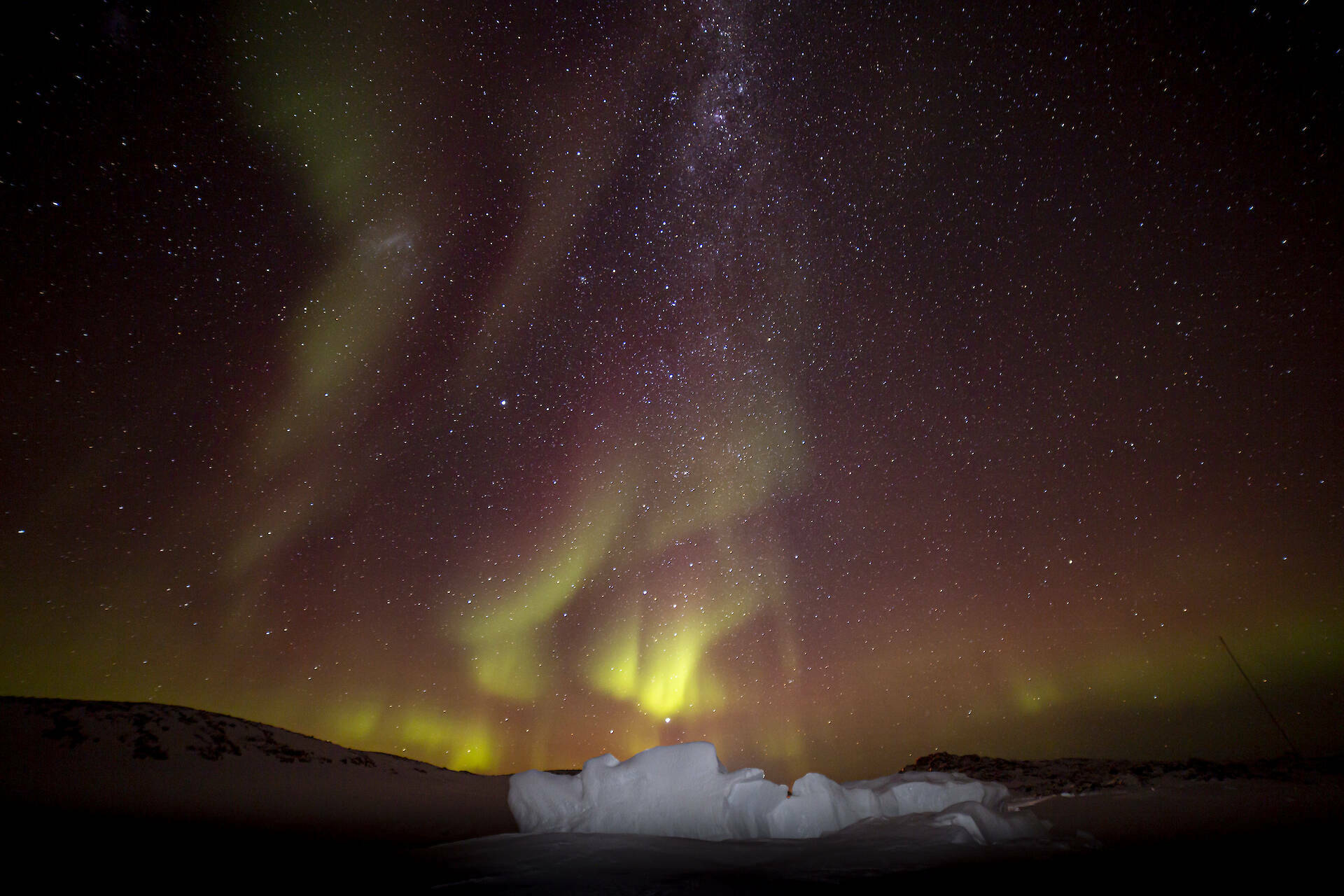“I liken auroras to a silk sheet changing colour and intensity as they are blown by a gentle breeze across the inky black star-filled sky.”
Barend (Barry) Becker – Senior Meteorologist, Casey research station, 2022.
The aurora australis or ‘southern lights’ are the shimmering curtains of green, red and sometimes violet light, appearing in the night sky, around the south magnetic pole. In the northern hemisphere they are called the aurora borealis or ‘northern lights’.
At Australia’s Antarctic and sub-Antarctic stations, expeditioners are among a lucky few who regularly witness the light shows throughout the long winter darkness (check out their tips for aurora photography at the end of this feature).
But auroras are more than just pretty lights.
Auroras are a form of space weather that occur between 90 and 250 kilometres above the ground, and they provide scientists with important clues about what’s happening at the edge of space.
Australian Antarctic Program scientists study a range of atmospheric phenomena that also occur in the auroral zone, and below it, in the stratosphere (12–50 km) and mesosphere (50–80 km).
Their research is contributing to improved models for weather and climate prediction, and a better understanding of the complex atmospheric processes that link what happens in Antarctica with the rest of the world (learn more in Global Atmospheric Links).
Auroras 101
So how do aurora form? Let’s begin with the basics.
Auroras occur in the earth’s upper atmosphere, above about 90 kilometres, when oxygen atoms (O) and nitrogen molecules (N2) interact with a stream of charged particles emitted by the sun.
This ‘solar wind’ blasts out from the sun and connects with the earth’s magnetic field at speeds of 400–700 kilometres per second.
While most of the charged particles in the solar wind hurtle into space, some of them become trapped within the earth’s magnetic field and are accelerated towards the magnetic poles at tens of thousands of kilometres per second.
When these particles collide with gases in the earth’s atmosphere, the energy from the collision can be released as light. Depending on the altitude, the gas (O or N2) and the energy of the collision, the light is either green, red or violet.
While some aurora may appear pink or white, this is usually due to low light perception or camera colour bias.
Here’s how to make an aurora …
This NASA video shows an aurora over Antarctica, viewed from the International Space Station.
Although aurora can occur at any time, we can only see them in darkness, and usually within the ‘auroral oval’ – a belt around the magnetic poles that expands or contracts depending on the strength of the solar wind.
In the southern hemisphere, the auroral oval is generally located over the Southern Ocean and parts of Antarctica. During intense solar activity, it can stretch north to Tasmania and the southern part of mainland Australia.
In the northern hemisphere, aurora can be seen in places like Greenland, Scandinavia, and parts of Canada and Siberia.
Recipe for an aurora
When you look at what it takes to create an aurora, it’s amazing that the phenomenon occurs at all. Consider these ingredients:
- A solar wind of charged particles streaming from the sun
- A planet with a magnetic field
- A way of accelerating particles, or ‘magnetic reconnection’
- A planetary atmosphere containing oxygen and nitrogen
- The ability of these gases to emit light in the visible spectrum (i.e. that we can see)
- Perfect timing
And if you want to see an aurora, you have to be in the right location.
Between 2019 and 2021, Davis station expeditioner Will Kenton was in the right place at the right time to capture this series of incredible aurora...
Solar wind
Let's look at the first ingredient needed to create an aurora – the sun.
This star at the centre of our solar system, is an incandescent ball of plasma made up of hydrogen and helium gas, heated to 15 million degrees Celsius by nuclear fusion reactions at its core.
The sun loses about 4.29 million tonnes of its mass per second. About 70% of this mass is released as energy (heat and light) and 30% is ejected as a stream of charged particles called the solar wind.
The solar wind consists mostly of negatively charged electrons and positively charged protons, moving at incredible speeds.
To escape the sun’s gravity, they need to be moving at a speed of at least 618 kilometres per second! But even at these speeds, they take two to four days to cover the 150 million kilometres distance between the sun and the earth.
The intensity of the solar wind varies depending on solar activity over an 11 year solar cycle. Solar activity is driven by changes in the sun’s magnetic field during this cycle, and includes sunspots, coronal mass ejections, solar flares and other phenomena.
In fact, we are currently in an active solar cycle, with a maximum predicted in July 2025.
So what happens when the solar wind hits earth?
Earth as a magnet
The second ingredient in the aurora recipe is the earth’s magnetic field.
The earth has a solid inner core and a molten outer core comprised mainly of iron and nickel. Intense heat from the core – between 5000°C and 7000°C – creates movement within the liquid outer core, which generates electric currents and turns the earth into a magnet.
The resulting magnetic field, or ‘magnetosphere’, extends from the earth’s interior into outer space. Like a giant shield, it protects the earth from the sun’s solar wind, which would otherwise strip away the delicate atmosphere that protects us from ultraviolet (UV) radiation.
The earth’s magnetic field forms closed semi-circular loops around the planet, radiating out from the north and south magnetic poles (close to the geographic poles).
When the solar wind hits the magnetic field on the sunward side of the earth, it compresses and disrupts these field lines, creating a ‘bow wave’ at the front, and a long tail on the night side of the earth.
This disruption causes a temporary distortion in the shield, allowing some electrons to breach the magnetosphere and become trapped inside.
When the shield realigns itself (a process called magnetic reconnection – the third ingredient in this recipe) it provides a massive energy boost to the electrons, which are propelled even faster down the field lines towards the poles, often between 18,000 and 38,000 kilometres per second.
These fugitive solar wind particles can cause space weather that interferes with satellites, spacecraft, aircraft, telecommunications and electricity supplies. They also create auroras.
Southern light show
When the speeding electrons spiral down the magnetic field lines near the poles they collide with atmospheric gases, in particular oxygen atoms (O) and nitrogen molecules (N2), between 90 and 250 kilometres above the earth.
The collisions transfer energy from the solar wind electrons to the O and N2 gases, exciting them to a higher energy level. However these excited gases can only hold on to this extra energy for a short time before they lose it, in one of two ways:
- colliding with other gases in the atmosphere – the lower the altitude the denser the atmosphere, and the more likely that gases will bump into each other
- emitting the energy as a photon of light – either red, green or violet – to create an aurora.
Oxygen atoms emit red light at high altitudes, between 150–250 kilometres up, when they collide with electrons travelling at least 830 kilometres per second.
Oxygen holds on to this collision energy for about 120 seconds before it is released as light. Red emissions only appear in the thin upper atmosphere, where the excited oxygen atoms are less likely to lose their energy by bumping into other gases.
Oxygen atoms also emit green light at lower altitudes, 100–150 kilometres up, when excited by electron collisions exceeding 1,200 kilometres per second.
Although the atmosphere is denser at this altitude, oxygen holds this collision energy for only 0.7 seconds before releasing it as light – leaving little time to bump into other gases.
Nitrogen molecules instantly emit violet and red light (in 6 microseconds) following collisions with electrons moving at least 1,600 kilometres per second, between 90 and 100 kilometres up.
Violet emissions are rare in this very dense atmosphere, and form a fringe at the base of the aurora.
Predicting aurora
Auroras can be predicted (but not guaranteed), hours or days ahead of time, based on observations of the sun, satellite measurements of the solar wind, and modelled changes in the earth’s geomagnetic activity, due to solar activity.
Australia’s Bureau of Meteorology provides a space weather alert system, issuing reports every day to warn Government, industry, aviation and others of potentially damaging events, giving them time to prepare or take precautions.
Of course this information is also useful for the enthusiastic ‘aurora watchers’ around the country, who can subscribe to the Bureau’s aurora alerts.
Those lucky enough to have seen an aurora will have a great story to tell. But perhaps even better is Dr John French’s story of ‘the one that got away’.
In 1989, the young Australian Antarctic Division atmospheric physicist was newly arrived at Mawson research station to spend a winter studying auroral physics and sodium emissions in the atmosphere.
As the winter darkness closed in, expeditioners on station were excited at the prospect of seeing an aurora and turned to John for advice on when it might happen.
“I was looking at the Ionospheric Prediction Service reports and one came through showing that the biggest category of solar flare – an X15 class – had occurred, and that an intense cloud of solar wind particles was due to arrive in the next 2 or 3 days,” he recalled.
“So I wrote on the whiteboard that it was going to be a huge auroral event and people should come outside with their sunglasses at around 1 am, when it would be dark enough to see.”
Two days later though, sunglasses in hand, a disappointed group of expeditioners saw nothing.
“The event was so huge that it pushed the magnetic field and the auroral oval towards lower latitudes. It was no-where near Mawson and we didn’t see anything because we were inside the polar cap.
"But people saw it in places you rarely see them, like Adelaide, Toowoomba and Uluru – it was unheard of,” he said.
In fact the 1989 geomagnetic storm was the most severe on record since an event 1921. The 1989 storm caused power blackouts in Canada and the US, as well as radio communication blackouts and satellite anomalies.
Global atmospheric links
Just as the geomagnetic storms that cause aurora can disrupt human infrastructure around the world, changes in the atmosphere above Antarctica are often an early warning indicator of global climate change, caused by a build-up of greenhouse gases, such as methane and carbon dioxide.
For example, Antarctic scientists at Davis research station have found that while the lower atmosphere globally has warmed by about 1°C over the past 100 years, the upper atmosphere – the mesosphere – has cooled at more than 10 times that rate (1.2°C per decade), as carbon dioxide radiates heat into space.
This temperature change coincides with an increase in the rarely seen ‘noctilucent’ or ‘night shining’ clouds over the poles, in summer.
These ice crystal clouds form in the polar mesopause, about 83 km up, where temperatures reach as low as −140°C.
Their appearance is thought to be linked to cooler temperatures at this altitude due to carbon dioxide, and increased methane emissions that increases water vapour in the mesosphere – leading to cloud formation.
The research is part of a global monitoring program designed for early detection of changing climate signals coordinated through the Network for Detection of Mesospheric Change, which aims to take measurements throughout the sun’s 11-year activity cycle.
The research will contribute to improved climate and weather forecasting models, alongside other Antarctic atmospheric investigations, including:
- The response of the climate as the ozone hole repairs
- How gravity waves in the atmosphere influence atmospheric circulation
- How clouds, aerosols, rain and snow, interact with each other and influence how much sunlight reaches the Southern Ocean surface
- The role of phytoplankton in cloud formation over the Southern Ocean
- Drivers of regional and hemispheric climate variability, including the El Niño–Southern Oscillation (ENSO), the Southern Annular Mode (SAM) and the Pacific Decadal Oscillation (PDO).
Alien aurora
Did you know that aurora occur on other planets?
Any planet that lies in the path of the solar wind, with a dense enough atmosphere and a magnetic field, will have auroras. These include Jupiter (and its moons), and Saturn.
Although Mars doesn’t have a planetary magnetic field, it does have localised areas of a remnant magnetic field, where auroras can form.
Saturn lays claim to the highest-known ‘northern lights’ in the solar system, which stretch along its magnetic field more than 1,200 kilometres above the planet.
Saturn, Jupiter and Mars produce ultraviolet aurora, which can only be seen using instruments sensitive to UV radiation.
How to photograph aurora
Many of Australia’s Antarctic expeditioners are experts in the art of aurora photography and videography. Here 2 of them provide their tips:
Barry Becker – Senior Meteorologist at Casey, 2022
Barry has been photographing aurora in Antarctica and the sub-Antarctic since he went to Macquarie Island research station in 2014. Check out his photos at barendbecker.com
I recommend a solid tripod and high quality lens. I use a Nikon mirrorless Z7 with a 20 mm, f/1.8 prime lens. My gear is quite expensive, but any decent SLR or mirrorless camera will do. My advice is to spend as much as you are able, or can afford, on your gear.
Astro and aurora photography is a unique craft so be willing to learn from others’ experience.
I have developed this method:
- When I first go out of the building to do some astro/aurora photography I set my camera to ISO 320 and my shutter speed to 1/15 sec. I auto focus on a distant light source (50–100 metres away).
- Then I move the focus to Manual. If I have done this correctly, my focus is right for crisp, clear stars.
- Find a place where there is no light pollution – this is difficult.
- Set the camera on the tripod and point to the aurora (weak or strong). I start with a 15 sec exposure and lowest f-stop (f/1.8 for me).
- Set the self-timer to 5 sec to remove any camera shake when you press the shutter button.
- As I shoot in Manual mode I can adjust the exposure time, f-stop and ISO, to the conditions – whether the aurora is weak or strong, static or dynamic.
- I use photo editing software to make minor adjustments to white balance, black, white, exposure, luminance, sharpness and so on.
Justin Chambers – Casey station Chef, 2022
Justin has spent more than 9 years working in Antarctica and the sub-Antarctic, including wintering at Davis, Mawson, Casey and Macquarie Island.
“I could honestly talk about aurora photography for days – it makes me so happy,” he says.
Justin has these tips to bring the “dancing lights” to life:
- Use a strong, rigid tripod. Any breeze can shake the camera and blur distant objects.
- Use a fast lens of f/2.8 or faster, to allow minimal time for the camera to receive light on the sensor.
- Use a wide-angle lens, between 10 and 20 mm, to showcase the majority of stars and auroras, and minimise blur from the earth’s rotation.
- Set the self-timer for 2–5 seconds before each shot, to prevent camera shake when you press the shutter button.
- Manually focus the lens either during the day or with a strong source of light at night to focus on. Sharp infinity should be set and remain with manual control.
- Use a head torch to adjust camera settings, and prevent slips and falls moving to and from your destination.
- Level the horizon. Take a few test shots to get it right.
- Find a nice feature to add context to the shot. Mountains, sculptures, buildings, islands and lakes all give a photo context and interest.
- Remove any lens filters. UV filters and the like are redundant for astral photography and can often impede a perfect shot.
- Constantly adjust your settings to find the right balance between ISO, f-stop and shutter speed, to get maximum results and minimal noise.
- The phase of the moon will influence your settings. Typically on a new moon my settings would be 14 mm, f/2.8, ISO 800, 25 seconds. On a full moon I’d use 14 mm, f/2.8, ISO 200, 10 seconds.

